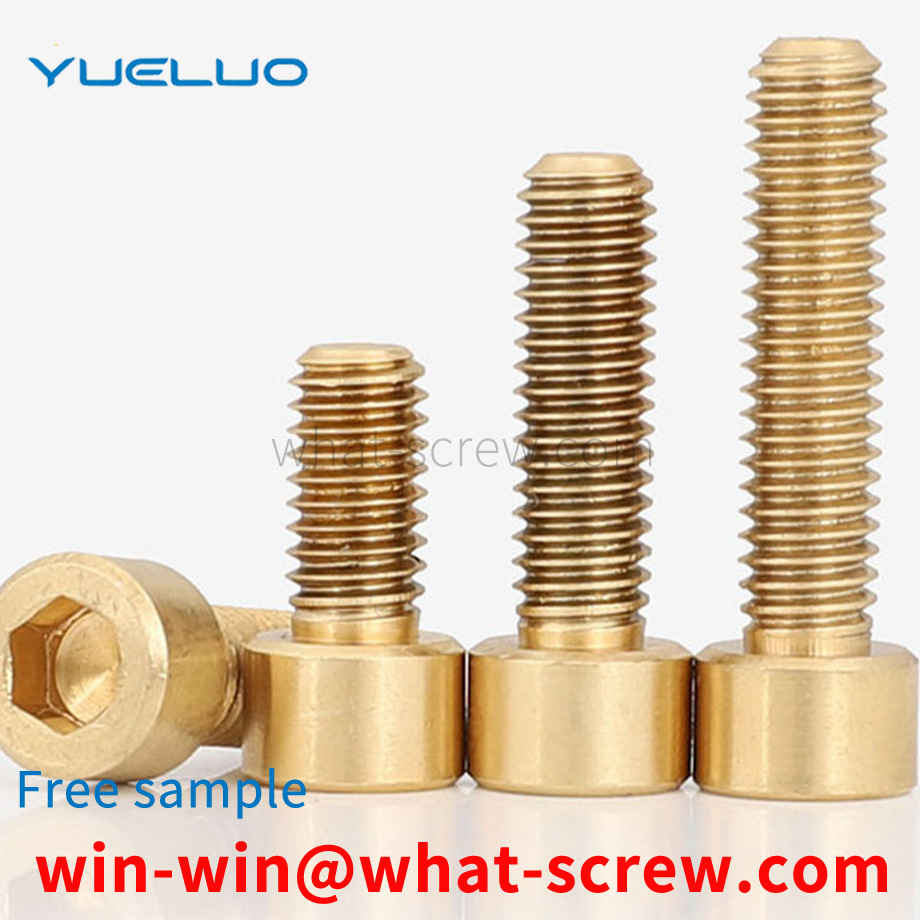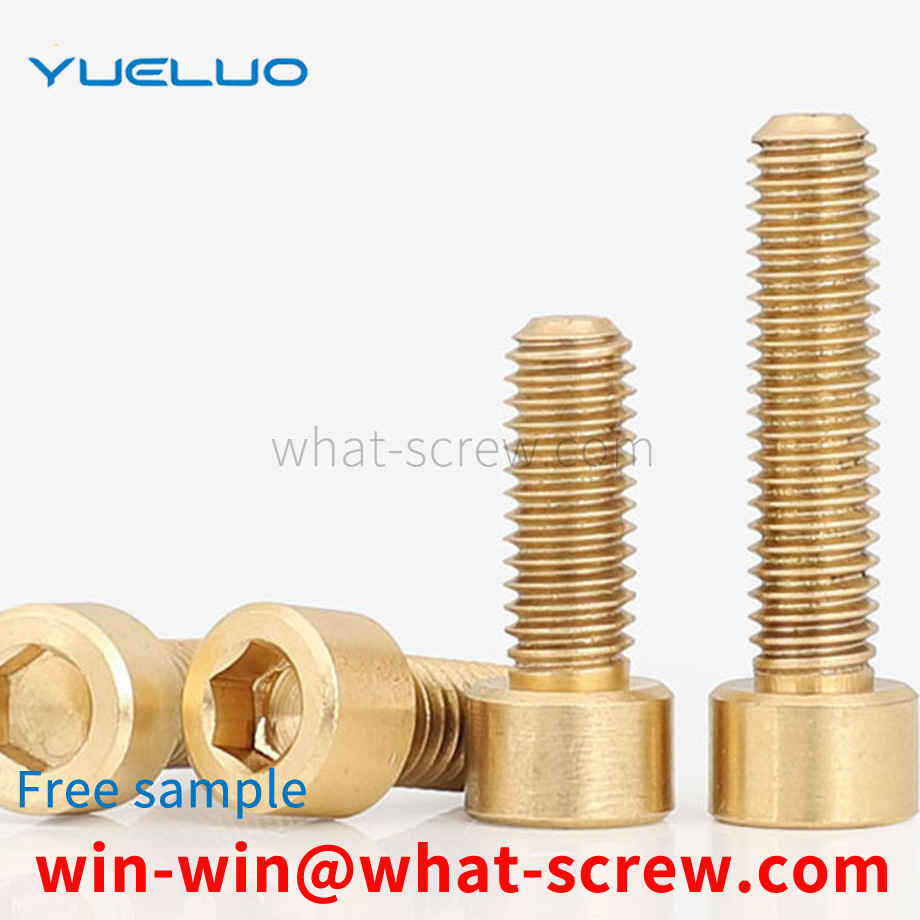rivet is a metal rod-shaped part with a cap at one end. During riveting, the rivet uses its own deformation or interference to connect the riveted parts. Commonly used rivets are semi-circular head, flat head, semi-hollow rivets, solid rivets, countersunk head rivets, blind rivets, hollow rivets, etc. At present, rivets are widely used in various backplane products and other stamping products. Since rivets are responsible for the functions of locking, positioning and bearing lateral force in the product, the degree of riveting and vertical have higher requirements. However, in actual production, there are often problems such as the failure of the rivet torsion to meet the requirements, the rivet being skewed by the rivet, the surface of the rivet being cut, the rivet placement being inaccurate and requiring manual repositioning, etc. Very high and very inefficient.
Fasteners play a very important role in the installation of the main engine. Complex products such as airplanes, automobiles, trains, elevators, air conditioners, and computers all have the problem of installing components on thin plates. There are two traditional installation processes. One is The first is to tap the internal thread on the thin plate, but when the internal thread is tapped on the thin plate below 6 mm, the installation is often not firm because the number of threads is too small, and even the connection fails due to the broken thread when the force is applied; the second way It is a process of welding nuts on a thin plate, which easily leads to deformation of the thin plate and uneven welding surface. Sometimes the welding is not strong and the nut falls off when the force is applied, resulting in damage to the installation. The development of rivet nuts has solved the problem of installing components on thin plates, because rivet nuts combine the characteristics of nuts and rivets, and play an increasingly important role in fastener products. However, with the extensive use of rivet nuts in the electromechanical and mechanical industries such as automobiles, aviation, railways, refrigeration, elevators, etc., ordinary rivet nuts can no longer meet the special assembly requirements of many mechanical and electromechanical products, such as good sealing during assembly. Rivet nut with leak-proof function. Cantonese snail
In general, the size, mechanical properties and working performance requirements of self-tapping screws have the following standards: 1. Self-tapping screw size standard ASME B18.6.3 2010 standard not only introduces the dimensions of slotted and cross-recessed self-tapping screws and metal drive screws, but also includes the mechanical properties and work performance requirements of carbon steel self-tapping screws. The appendix gives instructions for measuring the various dimensions and application guidance on clamping lengths and test apertures. 2. Self-tapping screw performance standards (including mechanical properties and work performance): (1) SAE J933: Introduces the mechanical performance and work performance requirements of carbon steel ordinary self-tapping screws and white-cut self-tapping screws. The requirements for selection of raw materials, heat treatment, depth of carburized layer, surface hardness, and core hardness are further specified. (2) SAE J81: The mechanical properties and working performance of self-extrusion self-tapping screws (self-tapping locking screws) are introduced. (3) SAE J78: The mechanical properties and working properties of self-drilling and self-tapping screws are introduced. (4) IFl-113: The mechanical properties and working properties of self-drilling and self-tapping screws are introduced. (5) ASTM C1513: Introduces the mechanical properties and performance requirements of carbon steel self-tapping screws. For other special types of self-tapping screws, there is no corresponding national or industrial standard, and no data for self-tapping screws made of other metal materials other than carbon steel have been recognized. For technical data on these self-tapping screws, you can check with the manufacturer.
The lifting ring nut refers to the part that the nut and the bolt or the screw are screwed together for fastening, and it is an original part that all production machinery must use. The lifting ring nut is a commonly used fixing pendant in engineering. There is a thread under the nut, which can be drilled according to its different specifications and fixed by the screw.
The retaining ring is an industrial accessory that can function as support, buffering, braking, height adjustment and angle adjustment. The inner diameter of the retaining ring for the shaft is slightly smaller than the diameter of the assembly shaft. When the retaining ring for the hole is selected, the outer diameter of the retaining ring is slightly larger than the diameter of the assembly circular hole. The retaining ring mainly plays the role of axial fixation. The surface plus the retaining ring is fixed with a high degree of centering.
We have many years of experience in the production and sales of screws, nuts, flat washers, etc. The main products are: large hexagonal screws, bolts with flat spring washers, TA2 titanium flat head screws, brass flange nuts and other products, we can help you Provide the right fastener solution for you.



















 Service Hotline
Service Hotline




